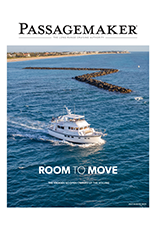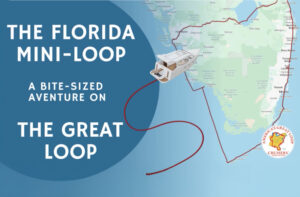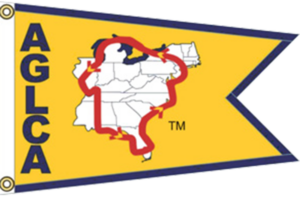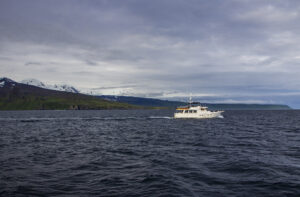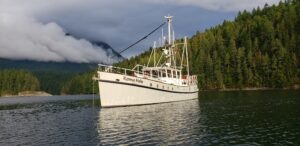
Because of its location, the Dry Tortugas quickly became a major shipping channel in the 1800s, connecting the Atlantic Ocean waters with the Gulf of Mexico. This allowed Spanish explorers and merchants to travel along the Gulf Coast of Florida. With its shallow waters, combined with increasing traffic, strong currents, and numerous hurricanes, this shipping channel unfortunately became known as a “ship trap.” More than 250 documented shipwrecks litter the Dry Tortugas with their precious cargo. The salvage operation industry, known as wrecking, quickly grew and became the main industry that contributed to the building of Key West.
Lighthouses were eventually built to warn mariners off the reef. The lighthouse on Garden Key was constructed first but was eventually determined to be ineffective. Soon after, a new lighthouse was built on Loggerhead Key. This lighthouse was intended to be taller and stronger and be positioned on the most dangerous key and reef.
While some of the wrecks in the Dry Tortugas, like the German submarine U-2513, lie in 200-plus feet of water and require technical diving skills, there are a few wrecks suitable for open-water certification and snorkeling as well, such as Brick Wreck and the Windjammer.
One of the most popular wrecks in the Dry Tortugas, Windjammer is located less than a mile southwest of Loggerhead Key. Built in 1875, this three-masted, iron-hull ship, Avanti, was carrying lumber when it struck Loggerhead Reef and ran aground after a navigational error. The 261-foot vessel lies in two main wreckage fields and is the most complete wreck site in the park. The wreck acts as an artificial reef, attracting colorful fish, coral, and the occasional goliath grouper or stingray. Making fo an excellent snorkel or dive, the depths range from zero feet, where a small piece of wreck actually breaks the surface, to just 20 feet of water.
